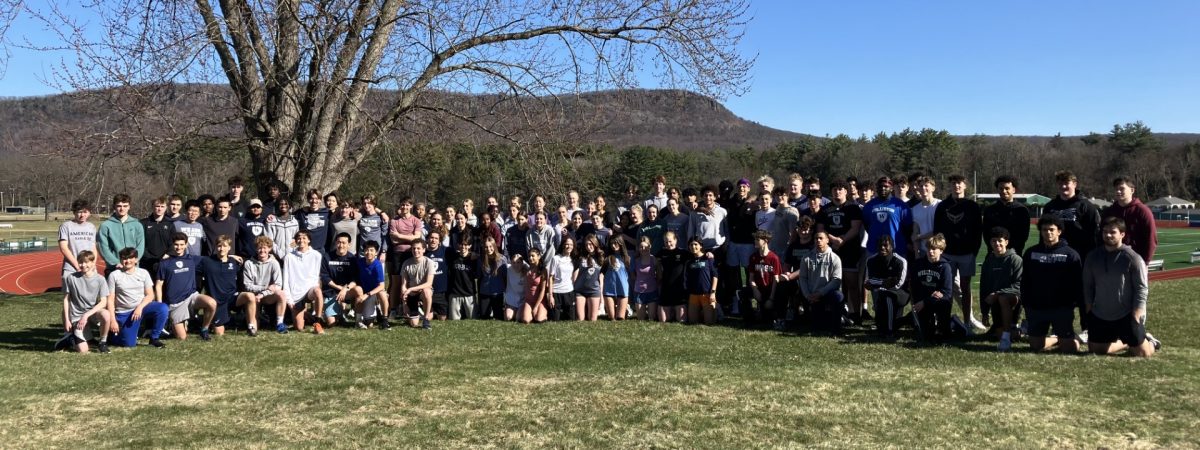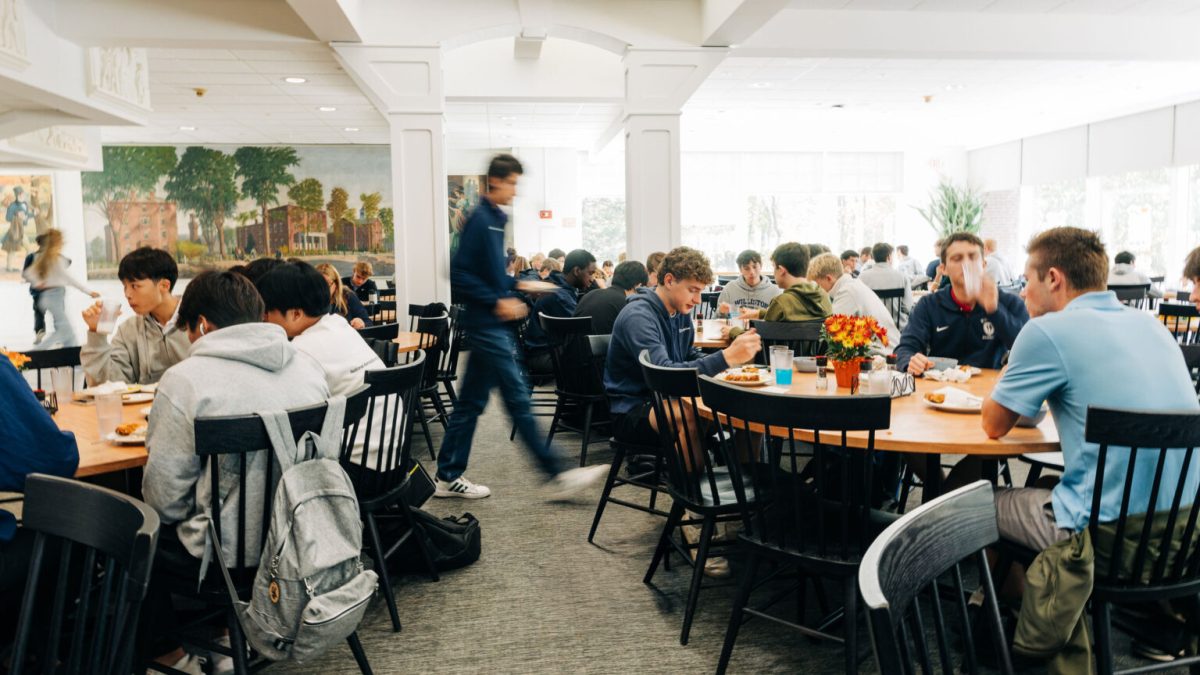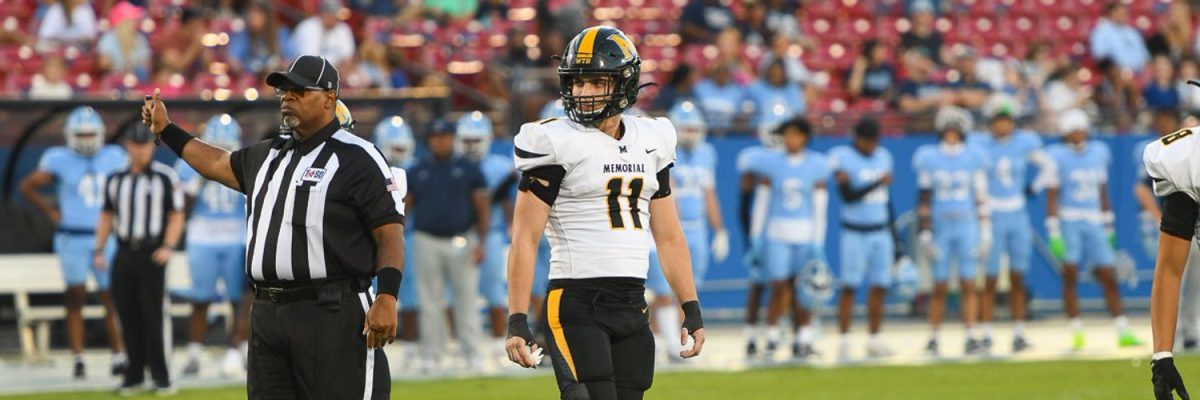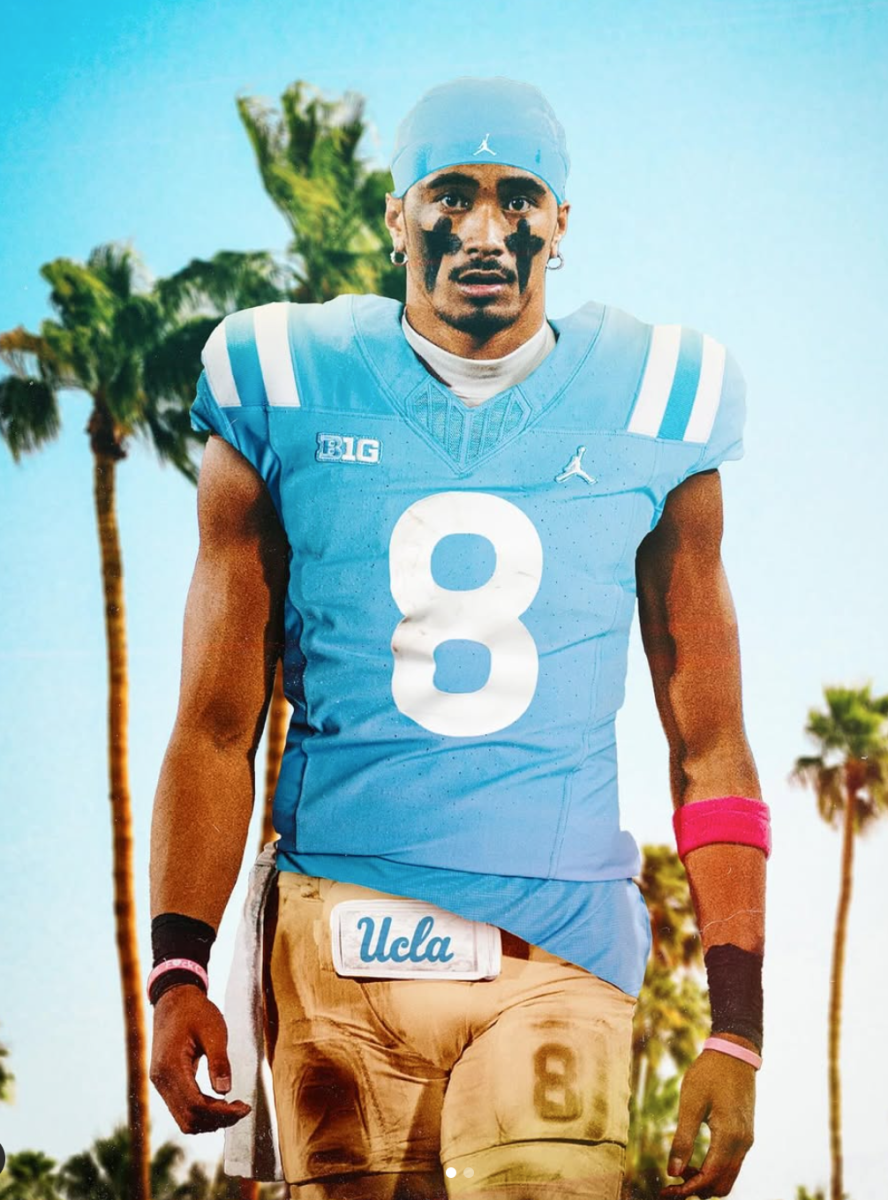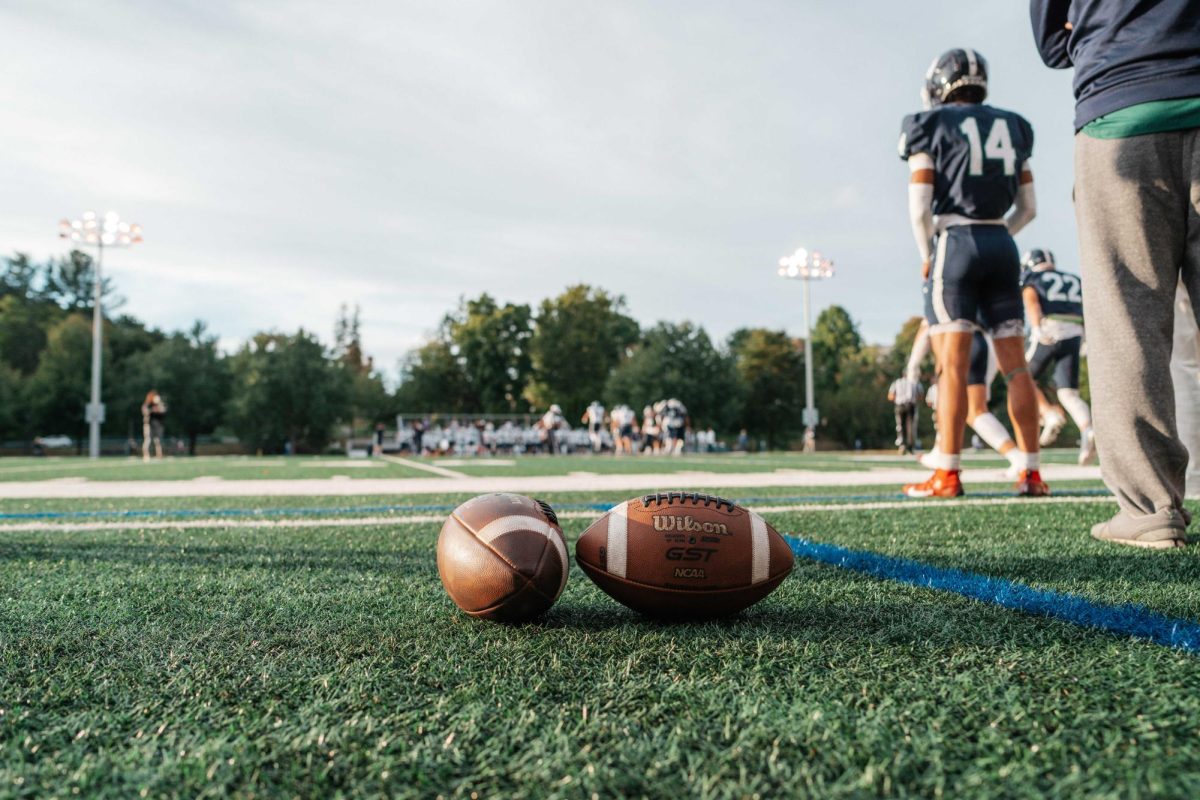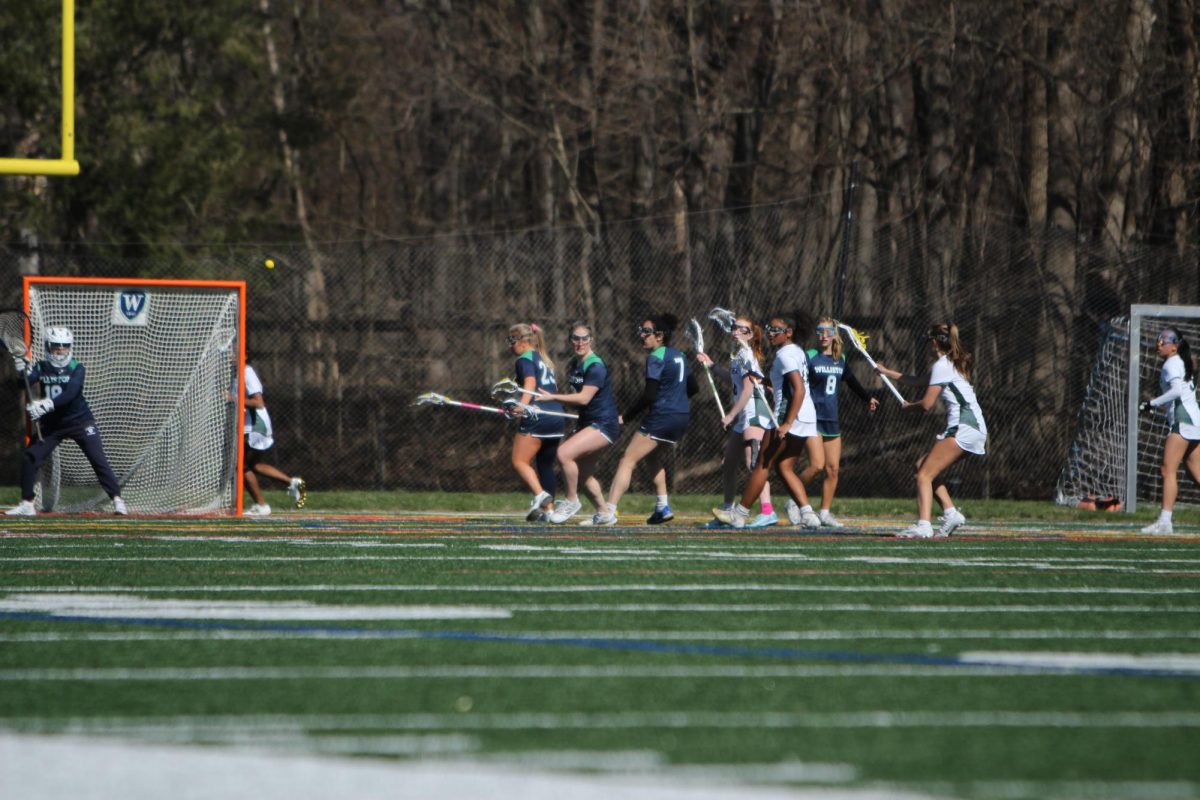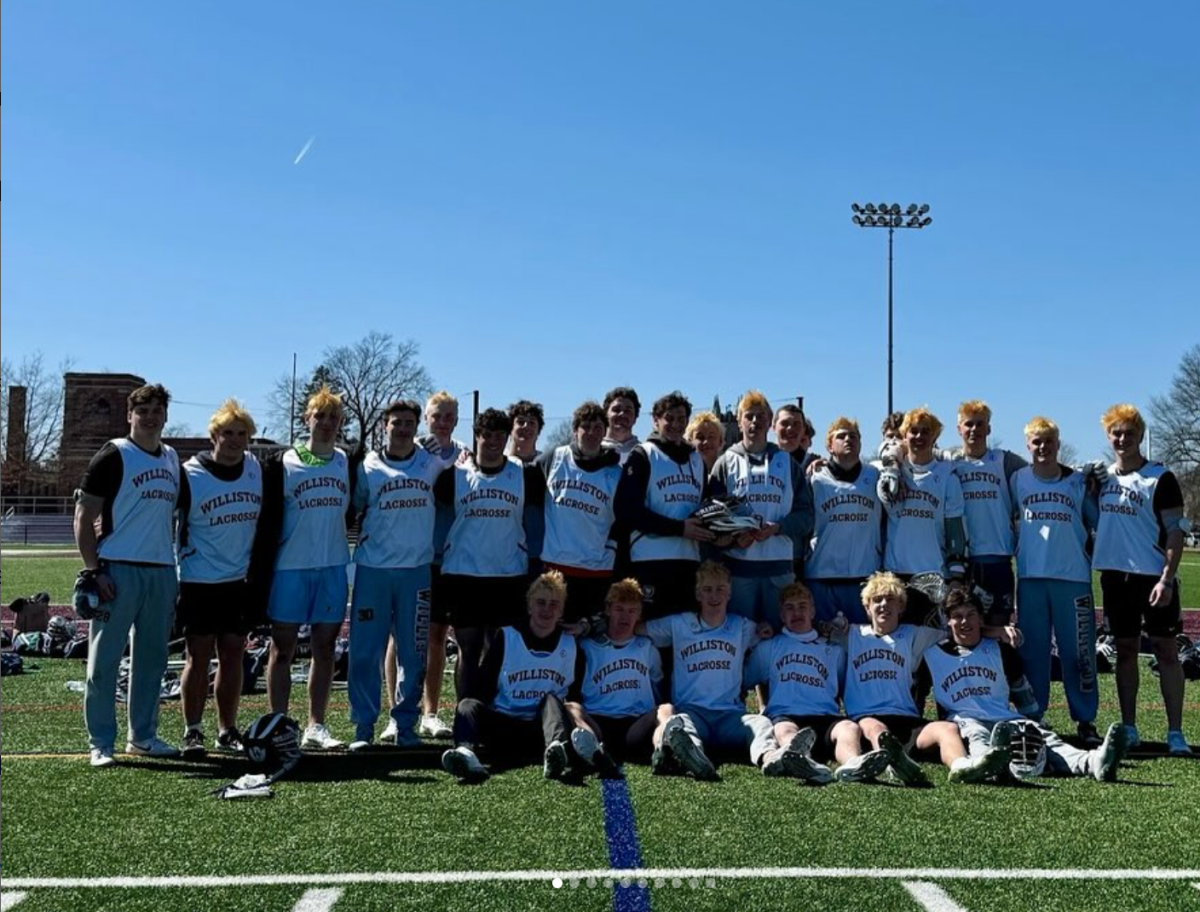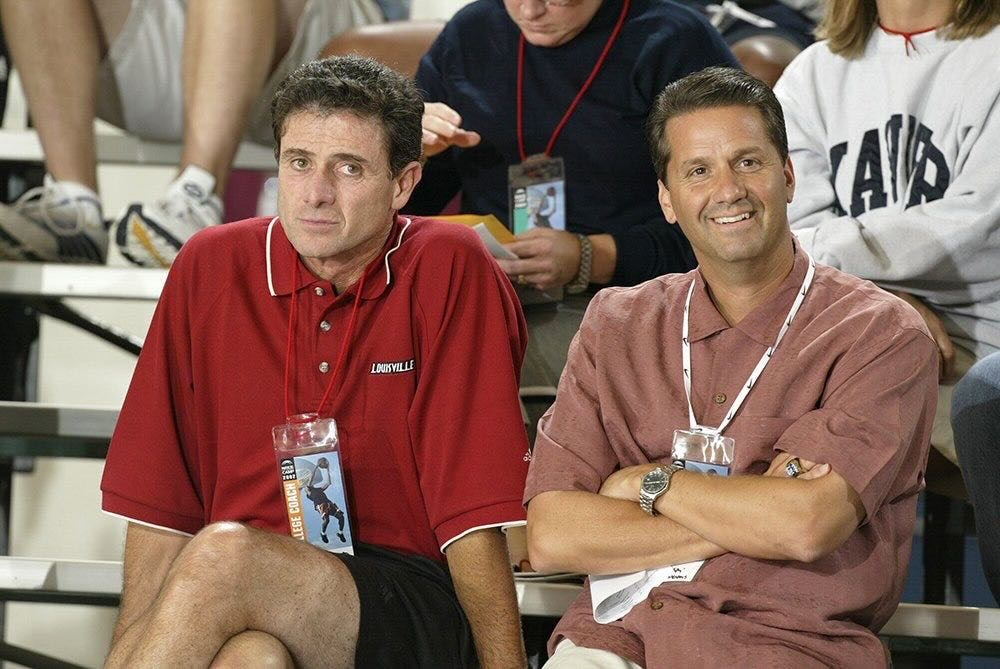With many of the major NCAA sports seasons over or coming to an end, the transfer portal is heating up.
The transfer portal has become a point of controversy in the world of college athletics, especially in major sports like football, hockey, and basketball. The unregulated world of NIL (Name, Image, Likeness) has created a bidding system in college sports that some say has destroyed the NCAA landscape.
NIL allows athletes to get paid for sponsorship, permitting colleges with more wealthy donors and alumni to pay for better athletes.
In 2021, the NCAA changed its rules to allow athletes to freely transfer one time without penalty. Since then, the transfer portal has become an open market for athletes to leave for any reason. The number of athletes entering the portal has gone up significantly year by year, with a nearly 3,000 athlete increase, from 9,000 to 12,000, in the portal between 2021 and 2023, according to the NCAA.
Varsity Hockey Coach and former NCAA athlete Brandon Borges used his transfer option for his graduate year to go from Skidmore to Salve Regina, but that does not mean he likes everything about the portal.
“It’s so stupid,” Borges said. “It absolutely ruins student athletes having to face adversity.”
Borges argues that because student-athletes are free to switch schools, it “now holds coaches accountable,” but, ultimately, NIL perks are going to take precedence and influence an athlete’s decision to stay at a school or leave for the promise of a bigger paycheck.
Varsity Tennis player Graham Williams thinks the transfer portal is a good tool for athletes.
“I think that the NCAA transfer portal, when it first came in, was a great addition,” Graham said. “I thought it was a really good utilization of the NCAA trying to expand and make their players use their likeness and their ability to promote themselves more.”
The junior went on to cite some concerns with the unrestricted nature of the portal.
“I do think that it has gotten a bit out of hand,” Graham said. “In some cases, it’s become almost insane how many college basketball players just enter almost immediately after a season ends … it doesn’t put a lot of trust into the coach and what they’re doing with the program.”
Graham believes the transfer portal hampers coaches’ ability to “develop these guys that they bring in freshman year. It doesn’t seem very counterintuitive for college sports.”
Varsity Girls Volleyball and Boys Squash Coach Jonathan Curtis-Resnik thinks the new transfer portal provides a great opportunity, but some athletes bend the rules for their benefit.
“I think that it can benefit individual athletes and it offers an opportunity for cases that somebody lost a chance, and it provides them the equitable fair shake the next year around,” he said. “I do think that there’s the possible gray area of people taking advantage of that situation, but at the same time, the NCAA is starting to straighten out and really be clear about what economic gains people get, what are fair shakes and fair chances, and all those types of rules.”
Veteran Varsity Football Coach Tommy Beaton feels there are some pros and cons to the transfer portal.
“My belief is that the transfer portal can be both a good and bad thing,” he said. “It’s good because it allows student-athletes to find a better home. It’s bad because there is no regulation and it’s the Wild West. It’s also bad because many of the athletes that enter the transfer portal don’t find a home.”
Williston alumni who have opted to enter the portal include former hockey player William Tripp ’21, who is in the portal to transfer from Stonehill College in Easton, Mass., and football alumni Eni Falayi ’21, who transferred from UMass to Utah State this past winter. Another former Wildcat hockey player, Jake Sacratini ‘20, entered the portal on Friday, April 12. He is transferring out of American International College (AIC) in Springfield.
NCAA Transfer Portal, and Controversy, Expands
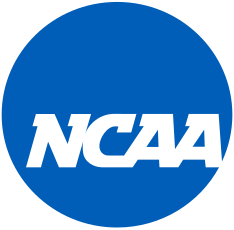
Credit: Public Domain
0
More to Discover
About the Contributor
Jack Nolan ’26, Staff Writer/Editor





